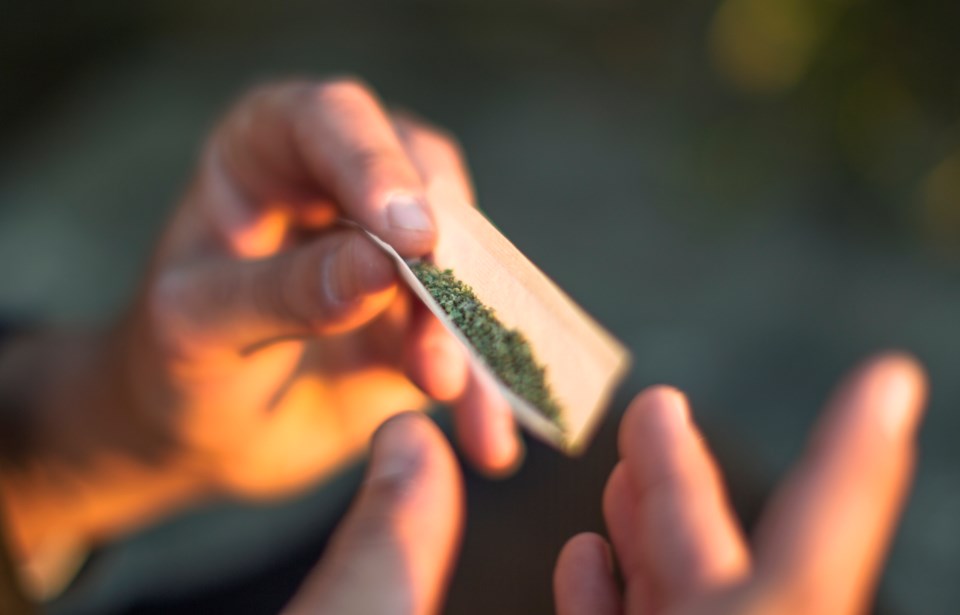THC — the intoxicant found in marijuana — is being detected in twice as many injured drivers since cannabis was legalized in Canada, says new UBC research published in the New England Journal of Medicine.
The findings may be a signal that more Canadians are choosing to drive after using cannabis, researchers said.
“It’s concerning that we’re seeing such a dramatic increase,” said Dr. Jeffrey Brubacher, associate professor in UBC’s Department of Emergency Medicine and study principal investigator.
“There are serious risks associated with driving after cannabis use. Our findings suggest more is needed to deter this dangerous behaviour in light of legalization,” he said.
Brubacher and his colleagues analyzed blood samples from 4,339 moderately injured drivers treated at four B.C. trauma centres between 2013 and 2020.
Before cannabis was legalized, 3.8 per cent of drivers had blood THC concentrations above the Canadian legal driving limit of 2 nanograms/ml, research found.
That percentage rose to 8.6 per cent after legalization. The proportion of drivers with higher concentrations of THC (above 5 nanograms/ml) also increased, going from 1.1 per cent pre-legalization to 3.5 per cent afterwards.
The largest increase was among drivers over 50.
There were no significant changes in drivers testing positive for alcohol, either alone or in combination with THC.
When cannabis was legalized in October 2018, the federal government amended the Criminal Code, giving police more power to test drivers for drugs if they reasonably suspect the person to have drugs in their body or to have committed a drug-impaired driving offence.
Many provinces followed suit by introducing new penalties, such as fines and driver licence suspension, to deter cannabis-impaired driving.
Brubacher said the research shows those changes clearly aren’t enough.
“We hope that policymakers will use our findings to design public information campaigns and enforcement measures that encourage drivers, especially older drivers, to separate cannabis use from driving,” Brubacher said “At the same time, it is important not to lose sight of alcohol-impaired driving, which is extremely high risk, especially when combined with cannabis.”
Blood THC levels typically peak at upwards of 100 nanograms/ml within 15 minutes of smoking cannabis but drop rapidly to less than 2 nanograms/ml within four hours after smoking, the research team said. After ingesting edible forms of THC, the levels drop to a similarly low concentration after eight hours.
While cannabis use is associated with cognitive deficits and psychomotor impairment, Brubacher cautions that the presence of THC in the blood is not always an indicator that a collision was caused by cannabis impairment.
Brubacher’s team is now expanding research to 15 trauma centres across Canada, investigating the prevalence of cannabis, alcohol and other impairing substances in injured drivers.



